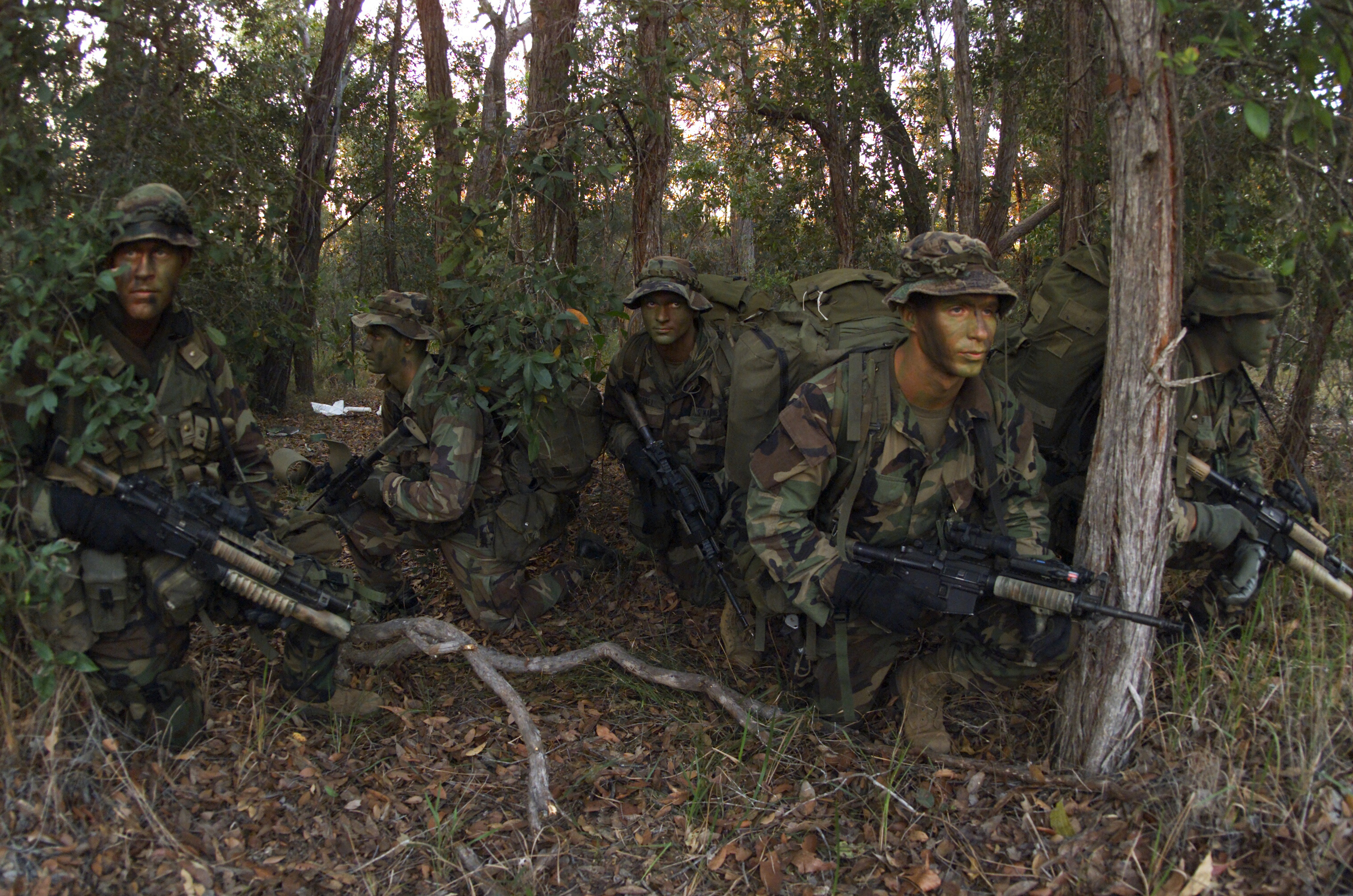|
Spähpanzer SP I.C.
The ''Spähpanzer'' SP I.C. (also known as SPIC) was the experimental model of a West German reconnaissance scout light tank with anti-tank components. It was developed from 1956 in order to increase the anti-tank capabilities of reconnaissance tank battalions, but the project eventually declined. There are two blueprint prototype versions of the SP I.C. The single tank built can be seen in the Wehrtechnische Studiensammlung Koblenz. Specifications See also *Spähpanzer Ru 251 *Spähpanzer Luchs *Tanks in the Cold War Tank development both evolved considerably from World War II and played a key role during the Cold War (1947–1991). The period pitted the nations of the Eastern Bloc (organized under the Warsaw Pact in 1955) and the North Atlantic Treaty Orga ... Notes References {{DEFAULTSORT:Spahpanzer SP I.C. Light tanks of Germany Cold War tanks of Germany Light tanks of the Cold War Tanks with autoloaders ... [...More Info...] [...Related Items...] OR: [Wikipedia] [Google] [Baidu] |
West Germany
West Germany was the common English name for the Federal Republic of Germany (FRG) from its formation on 23 May 1949 until German reunification, its reunification with East Germany on 3 October 1990. It is sometimes known as the Bonn Republic after its capital city of Bonn, or as the Second German Republic. During the Cold War, the western portion of Germany and the associated territory of West Berlin were parts of the Western Bloc. West Germany was formed as a political entity during the Allied occupation of Germany after World War II, established from 12 States of Germany, states formed in the three Allied zones of occupation held by the United States, the United Kingdom, and France. At the onset of the Cold War, Europe was divided between the Western and Eastern Bloc, Eastern blocs. Germany was divided into the two countries. Initially, West Germany claimed an exclusive mandate for all of Germany, representing itself as the sole democratically reorganised continuation of ... [...More Info...] [...Related Items...] OR: [Wikipedia] [Google] [Baidu] |
Anti-tank
Anti-tank warfare refers to the military strategies, tactics, and weapon systems designed to counter and destroy enemy armored vehicles, particularly tanks. It originated during World War I following the first deployment of tanks in 1916, and has since become a fundamental component of land warfare doctrine. Over time, anti-tank warfare has evolved to include a wide range of systems, from handheld infantry weapons and anti-tank guns to guided missiles and air-delivered munitions. Anti-tank warfare evolved rapidly during World War II, leading to infantry-portable weapons. Through the Cold War of 1947–1991, the United States, anti-tank weapons have also been upgraded in number and performance. Since the end of the Cold War in 1992, new threats to tanks and other armored vehicles have included remotely detonated improvised explosive devices (IEDs). During the Russian invasion of Ukraine, drones and loitering munitions have attacked and destroyed tanks. Tank threat ... [...More Info...] [...Related Items...] OR: [Wikipedia] [Google] [Baidu] |
Cold War Tanks Of Germany
Cold is the presence of low temperature, especially in the atmosphere. In common usage, cold is often a subjective perception. A lower bound to temperature is absolute zero, defined as 0.00K on the Kelvin scale, an absolute thermodynamic temperature scale. This corresponds to on the Celsius scale, on the Fahrenheit scale, and on the Rankine scale. Since temperature relates to the thermal energy held by an object or a sample of matter, which is the kinetic energy of the random motion of the particle constituents of matter, an object will have less thermal energy when it is colder and more when it is hotter. If it were possible to cool a system to absolute zero, all motion of the particles in a sample of matter would cease and they would be at complete rest in the classical sense. The object could be described as having zero thermal energy. Microscopically in the description of quantum mechanics, however, matter still has zero-point energy even at absolute zero, because ... [...More Info...] [...Related Items...] OR: [Wikipedia] [Google] [Baidu] |
Light Tanks Of Germany
Light, visible light, or visible radiation is electromagnetic radiation that can be visual perception, perceived by the human eye. Visible light spans the visible spectrum and is usually defined as having wavelengths in the range of 400–700 nanometres (nm), corresponding to frequency, frequencies of 750–420 terahertz (unit), terahertz. The visible band sits adjacent to the infrared (with longer wavelengths and lower frequencies) and the ultraviolet (with shorter wavelengths and higher frequencies), called collectively ''optical radiation''. In physics, the term "light" may refer more broadly to electromagnetic radiation of any wavelength, whether visible or not. In this sense, gamma rays, X-rays, microwaves and radio waves are also light. The primary properties of light are intensity (physics), intensity, propagation direction, frequency or wavelength spectrum, and polarization (waves), polarization. Its speed of light, speed in vacuum, , is one of the fundamental physi ... [...More Info...] [...Related Items...] OR: [Wikipedia] [Google] [Baidu] |
Tanks In The Cold War
Tank development both evolved considerably from World War II and played a key role during the Cold War (1947–1991). The period pitted the nations of the Eastern Bloc (organized under the Warsaw Pact in 1955) and the North Atlantic Treaty Organization (NATO) (since 1949) against each other. After World War II, tank design budgets were cut and engineering staff was often scattered. Many war planners believed that with the advent of nuclear weapons the tank was obsolete, given that a tactical nuclear weapon could destroy any brigade or regiment, whether it was armoured or not. In spite of this, tanks would not only continue to be produced in huge numbers, but the technology advanced dramatically as well. Tanks became larger and advances in armour made it much more effective. Aspects of gun technology changed significantly as well, with advances in shell design and terminal effectiveness. Soviet domination of the Warsaw Pact led to effective standardization on a few tank designs ... [...More Info...] [...Related Items...] OR: [Wikipedia] [Google] [Baidu] |
Spähpanzer Luchs
The Spähpanzer Luchs (English: Scout Armored Car "Lynx") is a German 8x8 amphibious reconnaissance armoured fighting vehicle (''Spähpanzer'') that was in service from 1975 to 2009 with the German Army, who used 408 in their armoured reconnaissance battalions. It was developed by Daimler-Benz between 1968 and 1975, replacing the M41 and the Schützenpanzer SPz 11-2 Kurz. Design In the 1960s, the German Ministry of Defence developed a requirement of an Eight-wheel drive reconnaissance vehicle, part of a series of 4 X 4, 6 X 6 and 8 X 8 military vehicles planned for the German Army. Competing designs were produced by Daimler-Benz and a consortium of Büssing, Klöckner-Humboldt-Deutz, Krupp, MAN and Rheinstahl Henschel, with nine prototypes produced of each design from 1968. After extensive testing, in January 1971 the Daimler-Benz design was selected for production. In December 1973, Rheinstahl Wehrtechnik (later Thyssen-Henschel and now part of Rheinmetall) received an ord ... [...More Info...] [...Related Items...] OR: [Wikipedia] [Google] [Baidu] |
Spähpanzer Ru 251
The ''Spähpanzer'' Ru 251 is a German light tank based on the Kanonenjagdpanzer tank destroyer. It was proposed to replace the M41 Walker Bulldog. History The Ru 251 was one of the projects created by the Bundeswehr during the Cold War. In this connection, a new project began—the ''Europanzer'', which led to the creation of the Leopard 1 for the West Germany or the AMX-30 for France. In the early 1960s, the Bundeswehr still used American M41s as reconnaissance tanks. In 1960, a program was launched to develop a new light reconnaissance tank. Prototypes were built in 1963 and 1964. Design The Ru 251 is based on the Kanonenjagdpanzer The Kanonenjagdpanzer (''KanJPz'') was a West German Cold War tank destroyer. Its design was very similar to that of the World War II Jagdpanzer IV. Name The Kanonenjagdpanzer is also known as the Jagdpanzer, Kanone 90mm ("tank destroyer, 90mm ... tank destroyer and uses the same 90 mm Rheinmetall BK 90/L40 main cannon. The Ru 251 had remar ... [...More Info...] [...Related Items...] OR: [Wikipedia] [Google] [Baidu] |
Muzzle Velocity
Muzzle velocity is the speed of a projectile (bullet, pellet, slug, ball/ shots or shell) with respect to the muzzle at the moment it leaves the end of a gun's barrel (i.e. the muzzle). Firearm muzzle velocities range from approximately to in black powder muskets, to more than in modern rifles with high-velocity cartridges such as the .220 Swift and .204 Ruger, all the way to for tank guns firing kinetic energy penetrator ammunition. To simulate orbital debris impacts on spacecraft, NASA launches projectiles through light-gas guns at speeds up to . Several factors, including the type of firearm, the cartridge, and the barrel length, determine the bullet's muzzle velocity. Projectile velocity For projectiles in unpowered flight, its velocity is highest at leaving the muzzle and drops off steadily because of air resistance. Projectiles traveling less than the speed of sound (about in dry air at sea level) are ''subsonic'', while those traveling faster are ''super ... [...More Info...] [...Related Items...] OR: [Wikipedia] [Google] [Baidu] |
Light Tank
A light tank is a Tank classification, tank variant initially designed for rapid movements in and out of combat, to outmaneuver heavier tanks. It is smaller with thinner vehicle armour, armor and a less powerful tank gun, main gun, tailored for better tactical mobility (military), mobility and ease of transport and military logistics, logistics. They are primarily employed in the screening (tactical), screening, armoured reconnaissance, armored reconnaissance, skirmishing, artillery observer, artillery observation, and supplementing landing operations in a fire support role of expeditionary warfare, expeditionary forces where larger, heavier tanks are unavailable or have difficulties operating safely or efficiently. The fast light tank was a major feature of the pre–World War II army buildup, where it was expected they would be used to exploit breakthroughs in enemy lines created by slower, heavier tanks, with the goal of disrupting communications and supply lines. Numerous sm ... [...More Info...] [...Related Items...] OR: [Wikipedia] [Google] [Baidu] |
Reconnaissance
In military operations, military reconnaissance () or scouting is the exploration of an area by military forces to obtain information about enemy forces, the terrain, and civil activities in the area of operations. In military jargon, reconnaissance is abbreviated to ''recce'' (in British, Canadian, Australian English) and to ''recon'' (in American English), both derived from the root word ''reconnoitre'' / ''reconnoitering''. The types of reconnaissance include patrolling the local area of operations and long-range reconnaissance patrols, which are tasks usually realized in the United States of America by U.S. Army Rangers, cavalry scouts, and military intelligence specialists, using navy ships and submarines, Aerial reconnaissance, reconnaissance aircraft, satellites to collect raw intelligence; and establishing observation posts. Moreover, espionage is different from reconnaissance, because spies work as civilians in enemy territory. Etymology The word is derived from the ... [...More Info...] [...Related Items...] OR: [Wikipedia] [Google] [Baidu] |




